Water leaks can hide behind walls, under floors, or around appliances, quietly causing damage over time. If not discovered early, they often lead to expensive repairs. A thermal imager for detecting water leaks offers a smarter, cleaner way to find hidden moisture.
The Thermal Master P3 is a powerful option for both professionals and everyday users. Designed to be compact, accurate, and easy to use, this device helps you quickly detect leaks using thermal imaging. In this guide, we’ll show how the P3 works and why it’s one of the most reliable tools available in 2025 for spotting water leaks before they cause serious damage.

How the P3 Thermal Imager Detects Water Leaks
The P3 uses infrared sensing to capture subtle temperature changes on surfaces. When moisture is present, it affects how heat is distributed across materials like drywall, concrete, or wood. These changes appear on the thermal image as cooler or warmer areas, which can often be the first clue to a hidden leak.
Thanks to its 512×384 X³IR™ resolution and the RazorX™ image algorithm, the P3 produces clear, detailed visuals that make it easier to spot temperature irregularities. This makes it a useful tool for checking:
·Plumbing inside walls or beneath flooring
·Moisture damage near HVAC units
·Leaks on rooftops or outer walls
·Bathroom and kitchen pipe systems
·Basements and crawlspaces where water tends to collect

Why Use the P3 Thermal Imager for Leak Detection?
1. Non-Invasive High-Precision Leak Detection
The P3 removes the need to cut into walls or lift flooring. Its manual focus enable close-up inspection of pipes and fittings with high accuracy. This is especially helpful in tight or hidden spaces. With a wide temperature range from -4℉ to 1112℉ and ±2℃ accuracy, it detects both hot and cold water leaks even in challenging conditions.
2. Cross-Platform Compatibility
The P3 connects with both Android and iPhone devices. Whether you're using a Samsung for HVAC work or an iPhone for home inspections, it integrates smoothly into your routine. It also supports PC analysis when more detailed review is needed.

How to Use the P3 for Leak Detection?
Step 1: Set Up the Camera
Connect the P3 to your phone and open the app. Select one of the 12 professional color palettes and adjust key settings such as emissivity, distance, and ambient temperature to ensure accurate thermal readings. These steps help the P3 perform at its best as a thermal imager for detecting water leaks.
Step 2: Inspect the Area
Slowly scan walls, ceilings, or floors where you suspect moisture might be hiding. The 15x digital zoom helps you focus on specific areas like joints or pipe bends. Use the isotherm function and smart temperature alarms to identify spots with unusual thermal signatures, which often indicate leaks.
Step 3: Analyze and Save
The P3 includes built-in measurement tools that let you highlight problem areas with three-point, line, rectangle, or circle overlays. You can capture thermal images or videos and save them for later. Sharing results is easy and can be useful for clients, team members, or insurance documentation.
Step 4: Confirm the Diagnosis
Once the thermal imager for detecting water leaks shows a temperature anomaly, it’s a good idea to verify it with a moisture meter or a quick physical check. In many cases, the thermal image provides enough clarity to confirm the issue.

About Thermal Master
Thermal Master is the pioneer in smartphone thermal imaging. Our vision is to bring infrared technology into every household. Pursuing excellence and innovation, we have developed the world's smallest thermal camera, the world's smallest thermal telescope, the world's longest-range smartphone thermal camera, the world's clearest smartphone thermal camera, and the world's first AI aftermarket automotive night vision system.
We make thermal cameras smaller, clearer, and smarter, leading and driving global consumer-grade thermal imaging development. Our products hold the global record for lowest thermal imaging power consumption, helping families in 118 countries including the United States, Europe, Japan, and Australia achieve energy conservation and environmental protection.








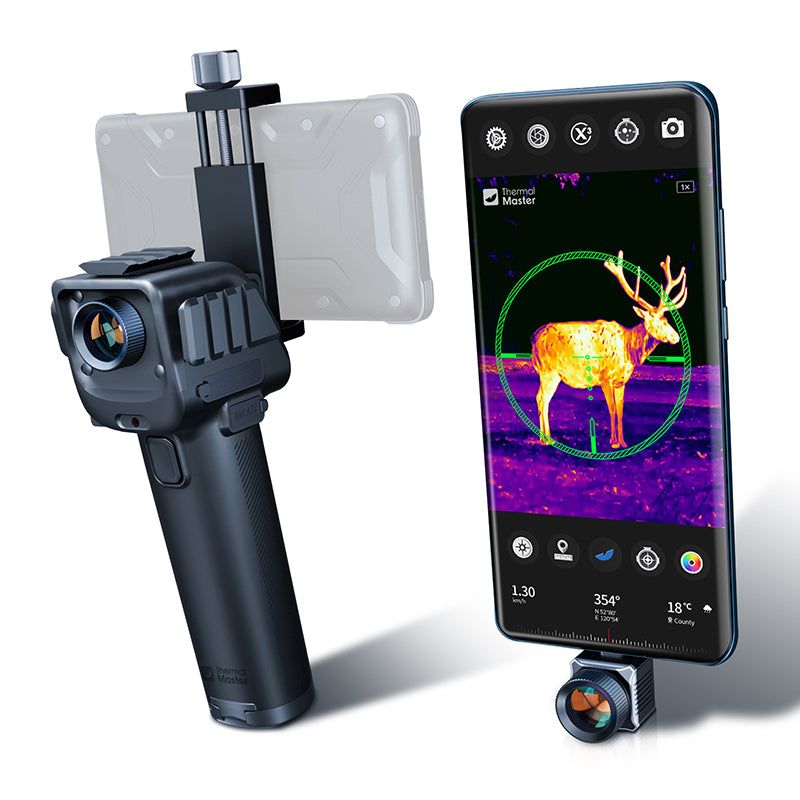
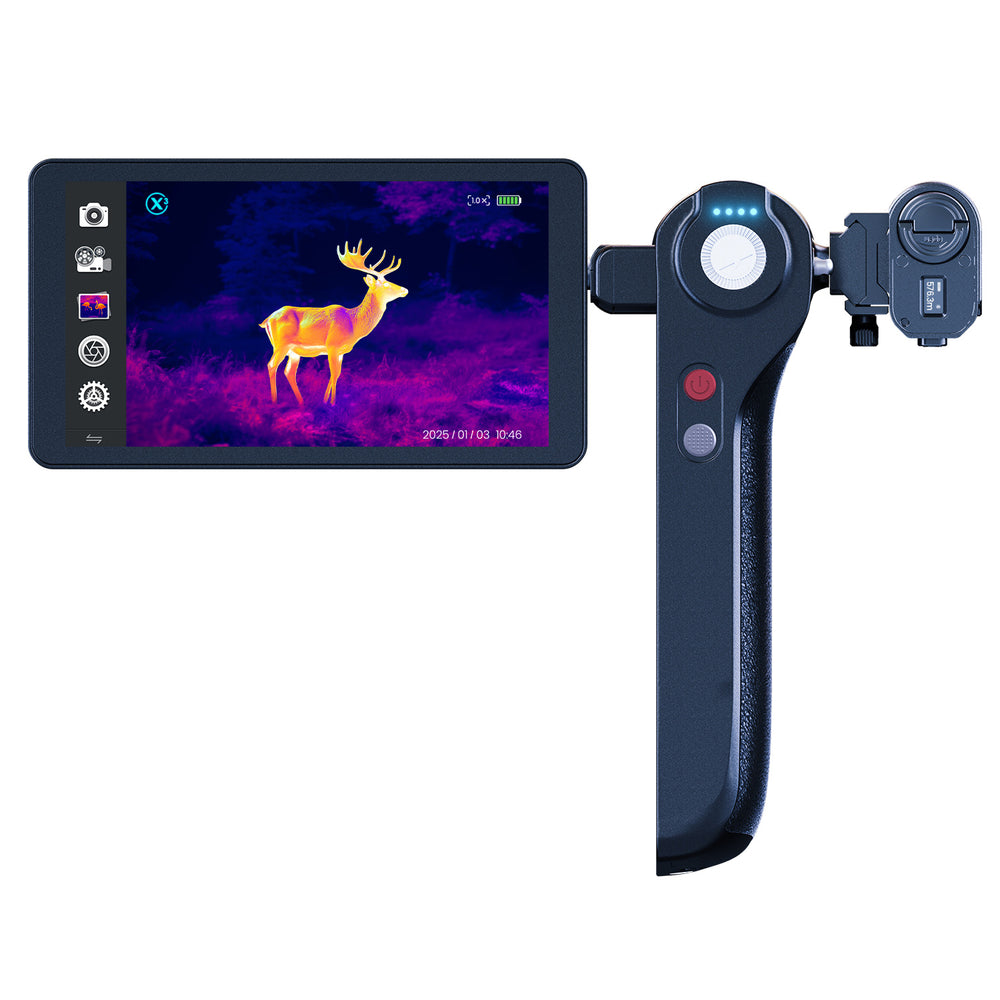
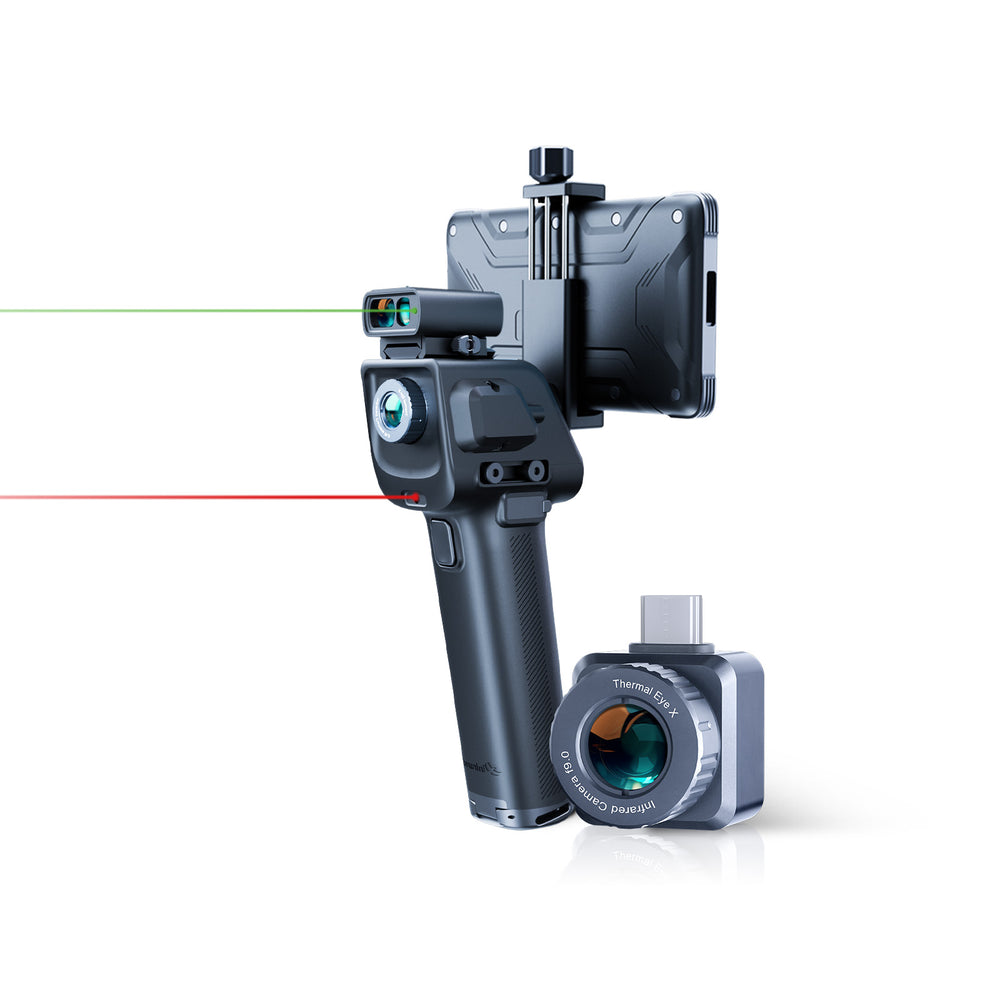

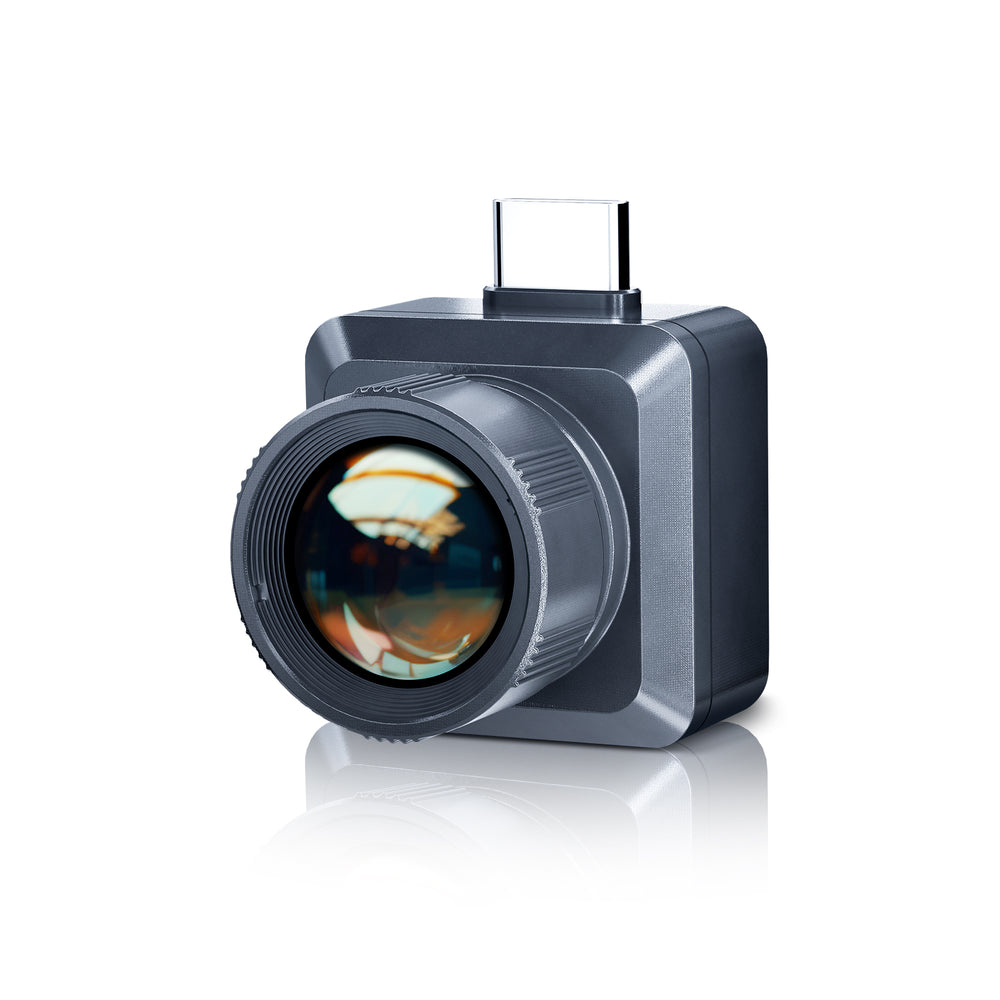
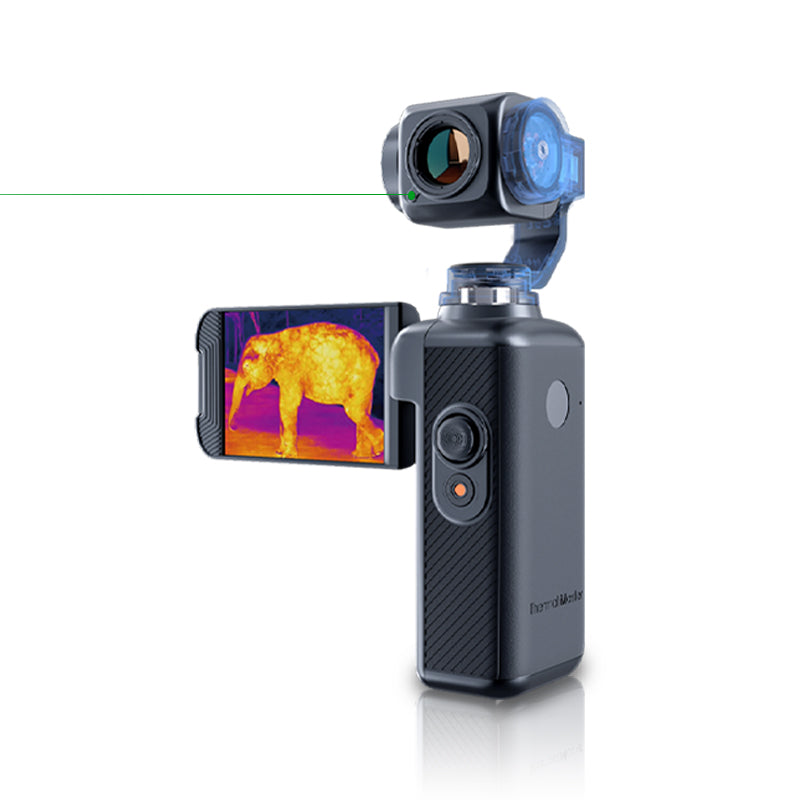
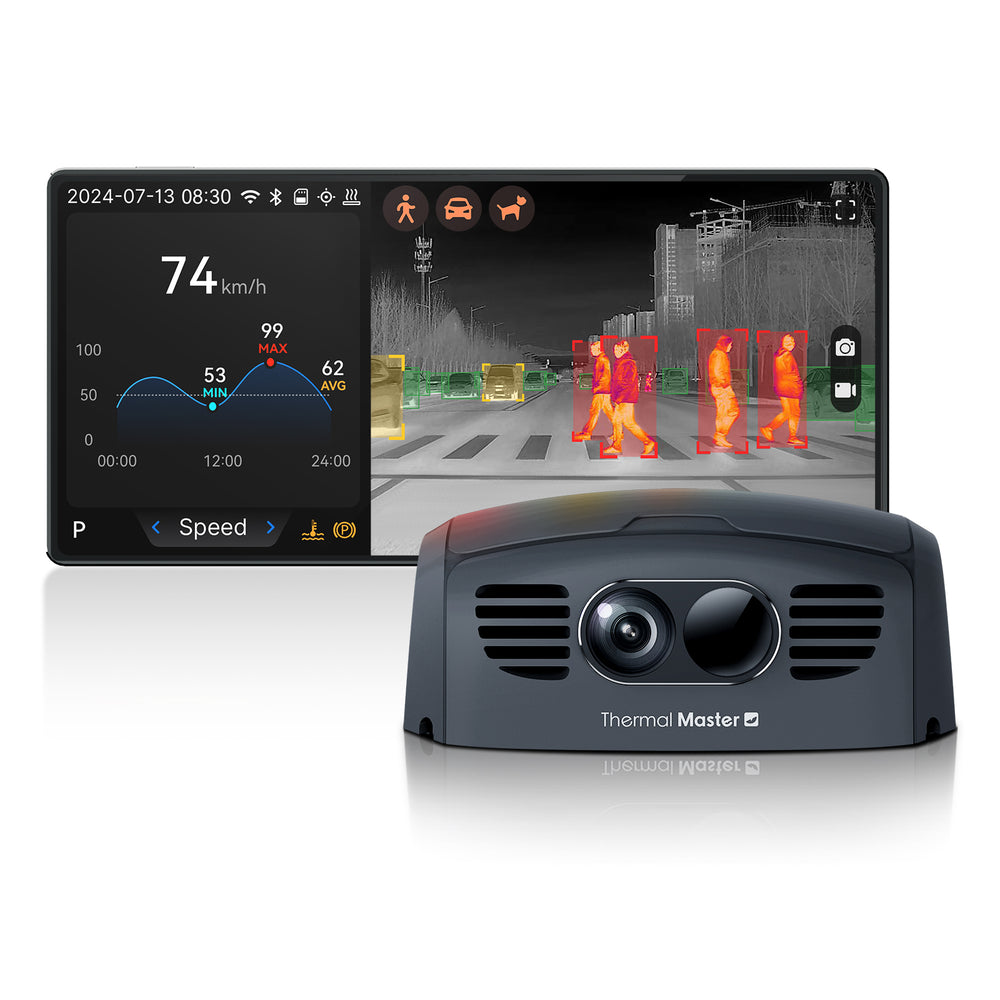

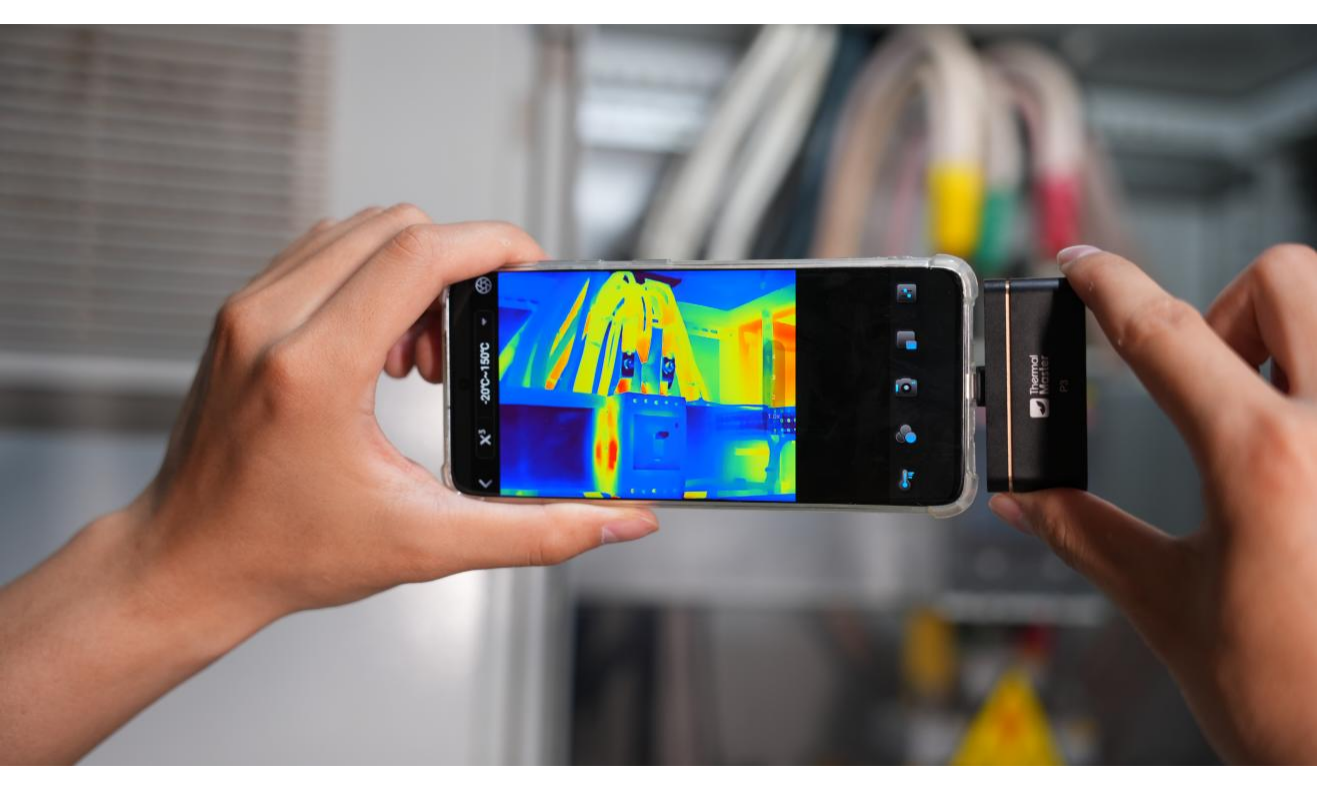
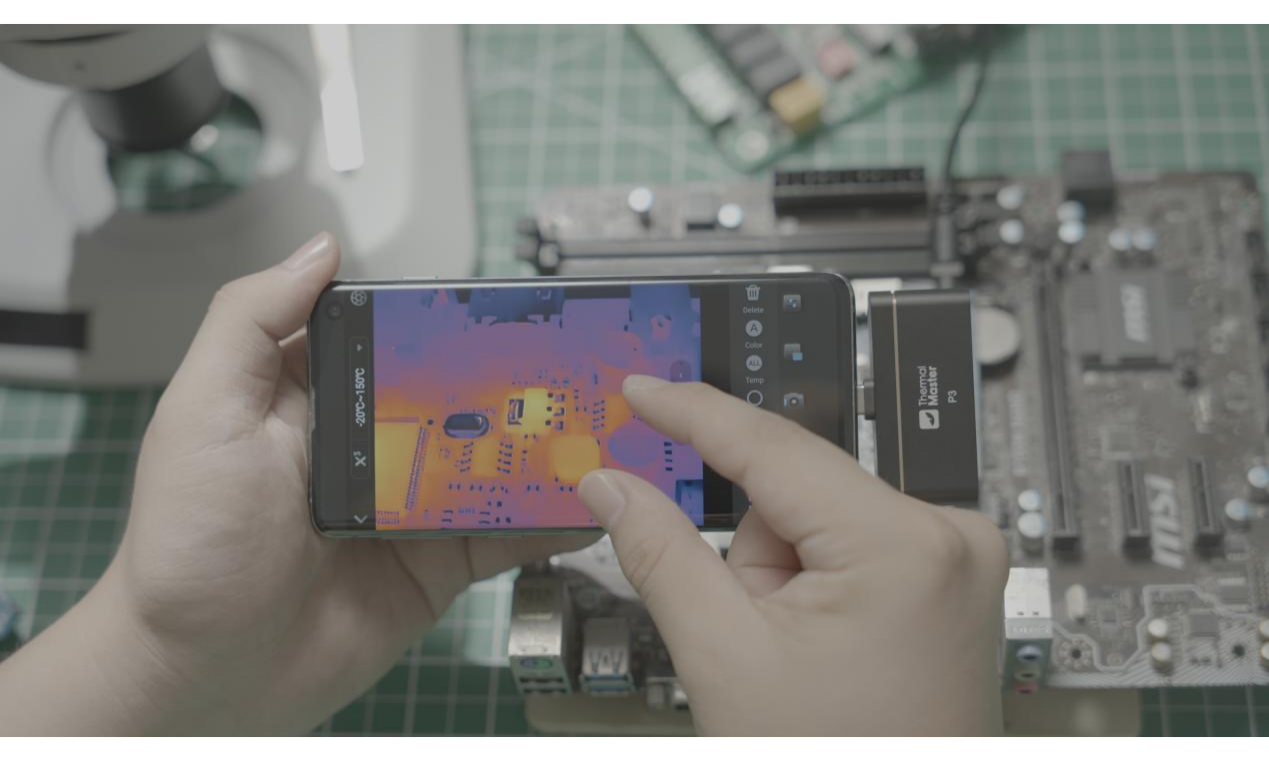

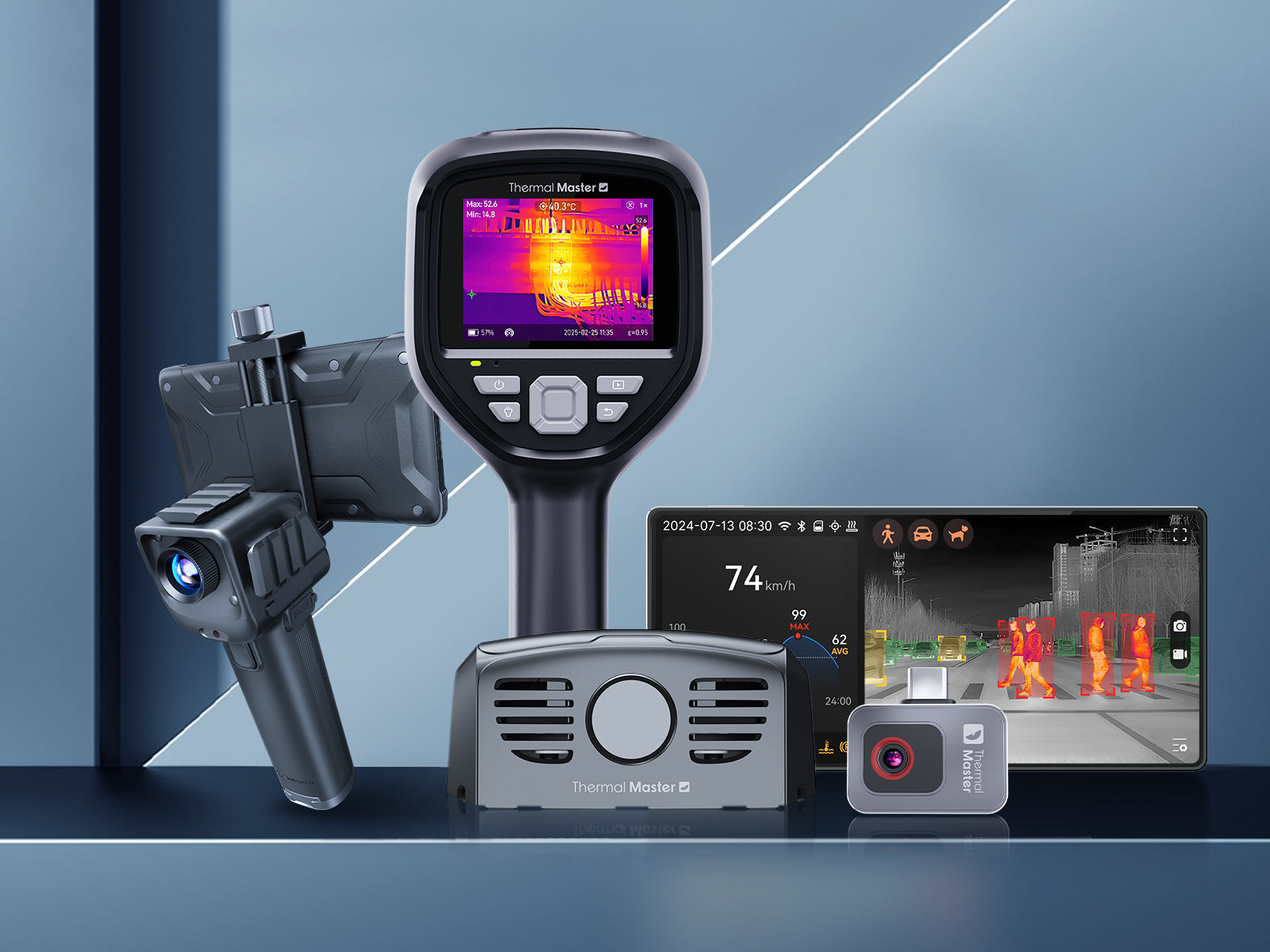
Leave a comment
All comments are moderated before being published.
This site is protected by hCaptcha and the hCaptcha Privacy Policy and Terms of Service apply.